Today’s lesson is 477 words, a 1 min 54 sec reading time. It is the second lesson of How to Hack Your Freezer.
📍 Introduction:
Knowing how to wrap & pack items properly is an essential skillset in freezing. Using the right equipment will ensure you:
Keep foods fresh as long as possible
Find & identify items quickly
Save valuable space
Avoid freezer-burn
👆 A Note on Freezer Burn
Freezer burn is a condition that occurs when foods dehydrate & then subsequently oxidize inside the freezer. This happens when water/ice from the item evaporates, mixes with the surrounding moist air & then-refreezes. The result is icy-crunchy crystals or grayish-brown leathery spots. While freezer burn does not make the food unsafe to eat, it does impact the taste & texture. The trick to preventing freezer burn is sealing items tight to ensure they do not lose moisture. For this reason, we use some special gear when freezing!
⚙️ Recommended Gear:
Ice cube trays (with lids best)
Tupperware/takeout containers (locking lids seal best)
Zipper or silicone bags (freezer safe)
Saran wrap
Tape (e.g., painters or masking)
Felt pen
Glass jars (optional)
Aluminum foil (optional)
📝 Notes, Tips & Tricks:
Only use moisture & leak-proof materials.
Avoid items that aren’t airtight (e.g., yogurt containers, produce bags) unless you double up (e.g., inside a sealed bag, wrapped in saran wrap)
Packaging should be “full” to (a) save space and (b) reduce unnecessary contact with air. Match the item to the size of container & press air out of bags.
A small arsenal of containers will serve you well. Cultivate a mix of sizes & shapes.
To be extra economical, save takeout quarts & glass jars to reuse
Liquid expands when frozen. Make sure to leave ½ to 1 ½ inch of headspace to avoid overflow (or cracked glass)
Glass jars are hit & miss. They are at risk of breaking (both from liquid expansion and falling out of the freezer). If you want to use glass, make sure it’s thick/durable and freezer-safe. Also, make sure the items are cool.
For zipper bags, “freezer safe” is best as they are thicker and thus sturdier & less likely to puncture.
For opened bags of frozen fruit/veggies, press out the air, twist up the top, and secure tightly with a rubber band.
Label containers with the contents & date (tape & a sharpie works well for this); items can be hard to identify later if frosty.
Individual or double portions work best. They stack easily, save time to defrost later, & are helpful for portion control.
🎓 Further Study:
The Best Ice Cube Tray [Wirecutter]
Reusable Food Storage Bags [New York Magazine, The Strategist]
The Best Reusable Produce Bags, Beeswax Wraps, and Other Ways to Reduce Plastic Waste [Wirecutter]
Tools and Tips for Freezing Food So Nothing Goes to Waste [Wirecutter]
What’s the Difference Between Freezer Bags and Regular Zip-Top Bags? [The Kitchn]
6 Easy Ways to Prevent Freezer Burn [Ben & Jerry’s]
Freezer Burn [Wikipedia]
——————————————————
🎧 Prefer to listen? Subscribe on iTunes, Spotify or Overcast.
☎️ Do you have ideas about how to make Life School better? Sign up here for a 15-min call with Founder & Chief Researcher, Michelle.
📚 Check out more in the Table of Contents



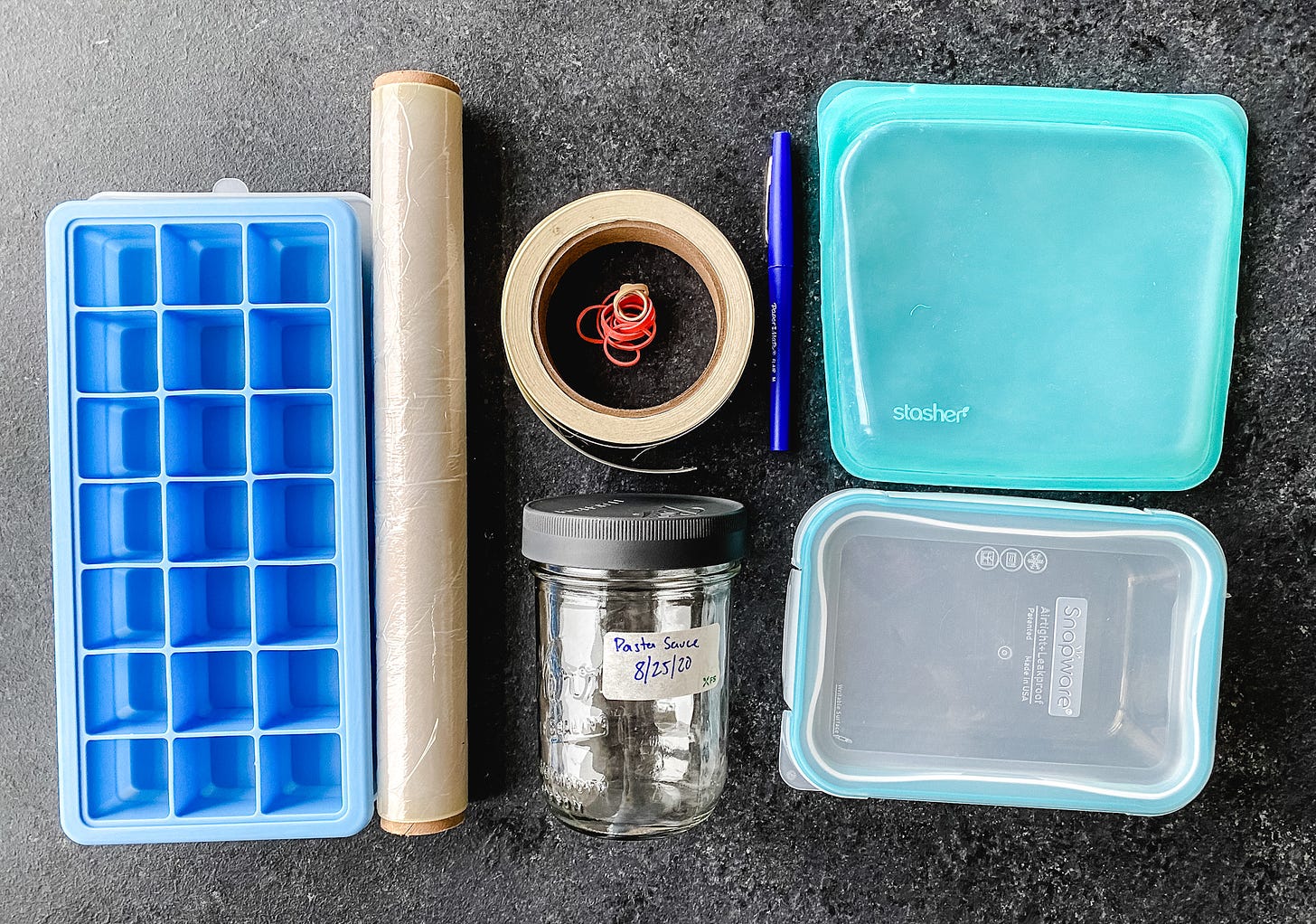




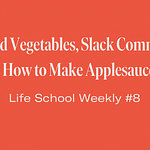

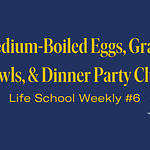
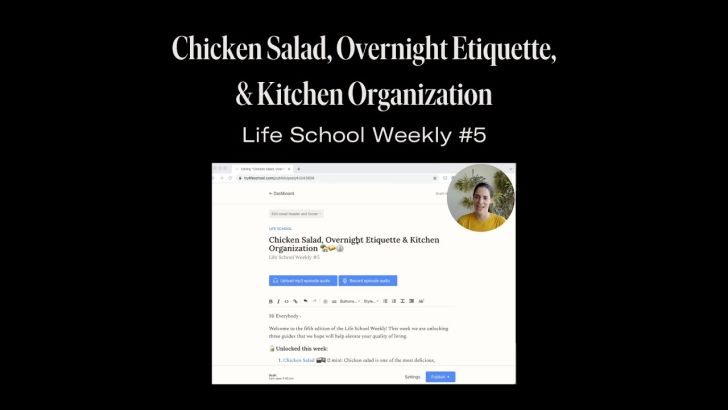
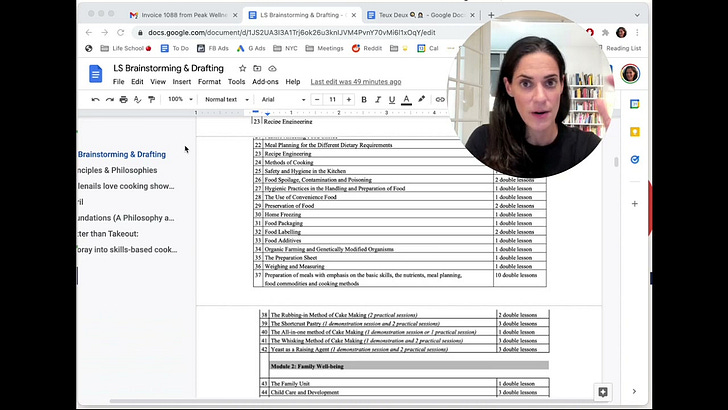
Gear for Freezing ⚙️